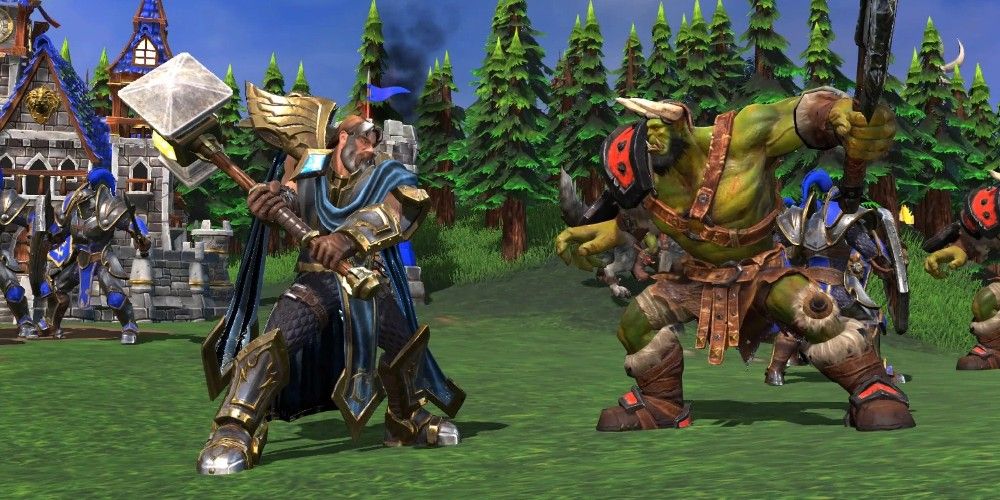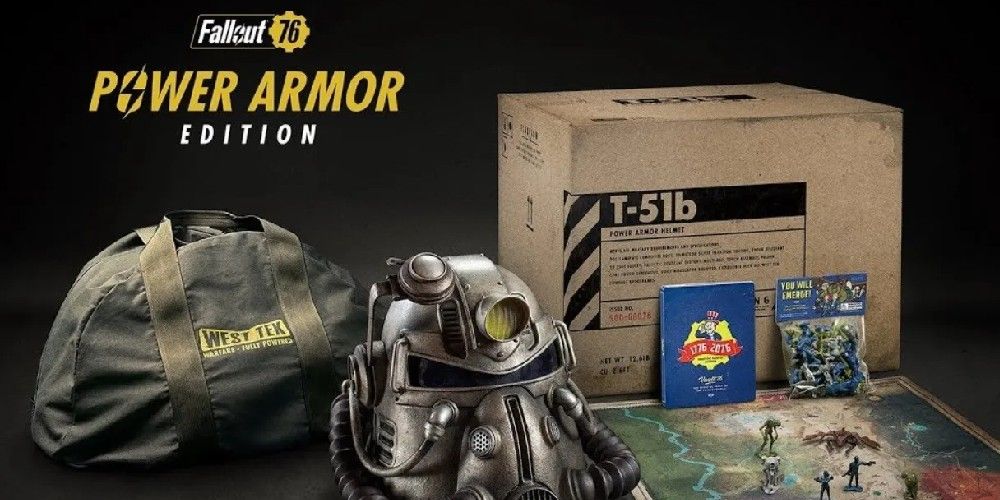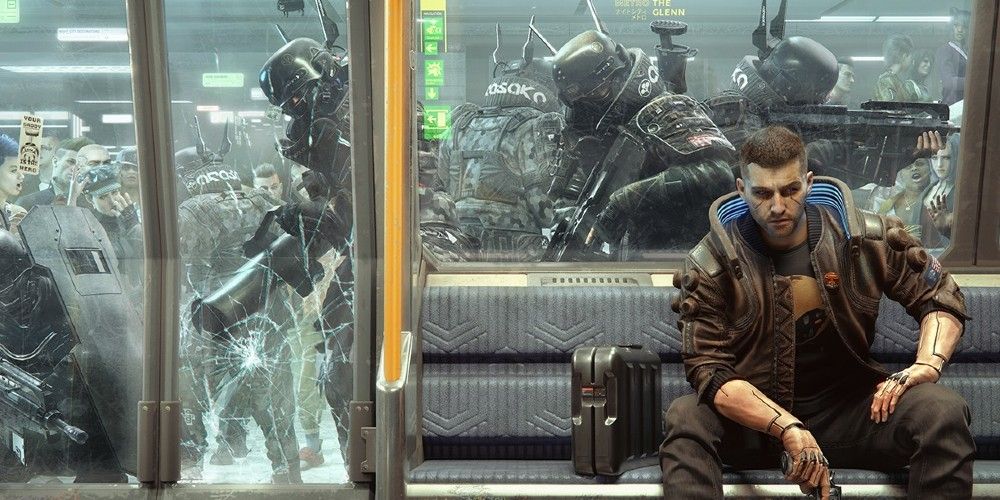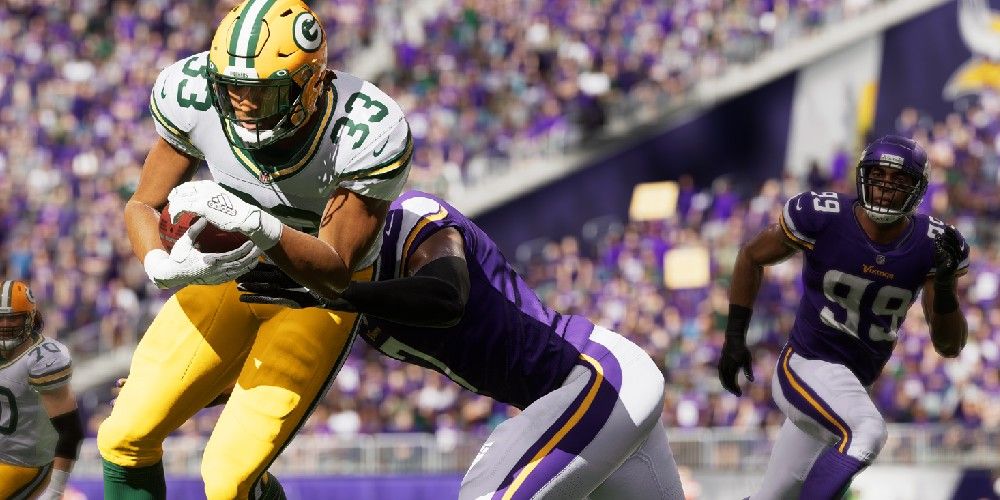Given the time it takes to develop a video game, the final product can look completely different from what was initially revealed. Normally, gamers don't take issue with this since they understand what goes on behind the scenes. However, there are some cases where the developers' lies are egregious enough to be seen as false advertising.
For one reason or another, the developers and executives behind certain games make exaggerated claims about what their games offer. It's rare that this is done for legitimate creative reasons. Usually, these lies are used to hype up an underwhelming game or to help the studio save face. Gamers always see through the lies, and the truth eventually surfaces.
10 Final Fantasy VII Remake Was More Than Just A Remake
Given its age and legacy, it was only a matter of time before Final Fantasy VII was remade. Square Enix hyped up Final Fantasy VII Remake to be the same beloved game, but with better graphics and audio. Much to everyone's surprise, Remake was actually a remake and a sequel to the 1997 classic.
Remake started out like a retread of Final Fantasy VII, only for it to go unexpected directions before culminating in a multiverse-breaking finale. Remake's diversions split fans of the original. However, everyone agreed that Square Enix's creative risks were admirable. The developers' initial lies were needed to preserve the surprise.
9 Star Wars Battlefront II's Short Campaign Was The Least Of Its Problems
Star Wars Battlefront II was Electronic Arts' chance to redeem itself for the controversial Battlefront. EA promised that Battlefront II would feature an in-depth campaign from the Empire's perspective. More importantly, EA also promised to not repeat Battlefront's controversial season passes and other micro-transactions.
Battlefront II's supposedly Imperial campaign eventually sided with the Rebellion. Battlefront II also had micro-transactions that proved worse than those from the first game. Battlefront II's predatory loot boxes were met with such intense backlash that EA watered them down almost immediately. This also got EA into legal trouble with anti-gambling agencies.
8 Killzone 2's Pre-Rendered Trailer Started A Negative Trend
Killzone 2 was one of the first shooters made exclusively for the PlayStation 3. It made sense that Killzone 2 would have the most advanced hardware. This seemed to be the case when Killzone 2's trailer debuted in E3 2005. The trailer's cutting-edge visuals and seamless gameplay were too good to be true because they were fake.
Killzone 2's trailer was actually pre-rendered footage that Guerrilla Games claimed had been captured in-game. Killzone 2's final state was good, but it was a far cry from what the demo displayed. Killzone 2 was the highest-profile game of its time to hide behind pre-rendered footage, and it wasn't the last. Cases in point, Anthem and Destiny followed suit.
7 Aliens: Colonial Marines Was Far Removed From What Its Trailers Showed
When Aliens: Colonial Marines was first revealed, its demos, sneak-peeks, and trailers promised a gritty continuation to the movie Aliens. Gearbox Software's developers and heads also emphasized Colonial Marines' groundbreaking enemy AI and gameplay. However, Colonial Marines' final state prove vastly different from what was shown.
Many of the promised features were either broken or absent on launch. Worse, Colonial Marines barely focused on the iconic and monstrous Xenomorphs, despite being hyped up as a passion project made by Alien fans. Colonial Marines was a disaster, and it was even hit with class-action lawsuits accusing it of false advertisement.
6 SimCity (2013) Didn't Actually Need Its DRM Features
The SimCity reboot was one of the most anticipated games of its time, but early word-of-mouth raised more concern than excitement. Electronic Arts claimed SimCity needed strict digital rights management (DRM) features to function. In brief, gamers who wanted to play SimCity always had to be online.
When the game actually released, Rock Paper Shotgun quickly discovered SimCity could work perfectly fine without DRM. EA did its best to backtrack its previous statements. An offline SimCity mode released a year later, but it was too late. This was just one of the many issues that killed SimCity's reboot and the franchise.
5 No Man's Sky Had None Of Its Promised Features On Launch
The hype behind No Man's Sky was enabled by Hello Games itself. Hello Games promised that No Man's Sky would be an exploring game with limitless potential. The game was said to have everything from infinite worlds, a branching story, countless creatures and factions, and more. In truth, No Man's Sky was a very limited sandbox.
On launch, No Man's Sky turned out to be a repetitive crafting game that lacked everything the developers promised. Angry gamers accused Hello Games of lying, and No Man's Sky fell from grace. Hello Games later released free patches and updates that fulfilled some broken promises, but this did little to salvage its ruined reputation.
4 Warcraft III: Reforged Was A Classic Game's Terrible Replacement
Warcraft III: Reforged was ostensibly a remaster of the real-time strategy (RTS) classic Warcraft III: Reign of Chaos. Activision-Blizzard announced Reforged with a trailer that showed off overhauled graphics, improved user interface, tweaked writing, and more. Instead, Reforged was a Trojan Horse for controversial features fans never asked for.
Reforged reneged almost all of its promises, and it barely worked. Reforged also automatically replaced any installed versions of the original Reign of Chaos. Worst of all, Reforged mandated that any fan-made was automatically owned by Activision-Blizzard. Reforged was just the latest blow against Activision-Blizzard's crumbling reputation.
3 Fallout 76 Was An Advertising & Public Relations Nightmare
Fallout 76 was announced on May 30, 2018, and released as quickly as November 14, 2018. Despite being sold as a completed multiplayer shooter, Fallout 76 barely functioned on launch. Fallout 76 was built on left-over Fallout 4 assets and a tight schedule. The game's broken state and focus on micro-transactions were hidden from its reveal.
Fallout 76's post-release state was worse. Fallout 76's classy tie-in products like a canvass bag or a rum bottle were advertised to be high-quality, only for them to be overpriced bootlegs. Bethesda spent most of Fallout 76's first months managing damage control instead of maintaining and upgrading the game as intended.
2 Cyberpunk 2077 Was Released In An Incomplete & Rushed State
Thanks to CD Projekt Red's grand promises of a next-generation open world game, it's easy to see why the excitement for Cyberpunk 2077 was astronomical. In truth, Cyberpunk 2077 was a broken game that got rushed out into stores. Cyberpunk 2077 turned out to be so bad that it caused a flurry of refunds and intense backlash on launch.
Worse, CD Projekt Red lied about Cyberpunk 2077's development. The studio claimed the game was made under ethical conditions. Angry developers then exposed unreasonable hours and other forms of exploitation. CD Projekt Red lost its goodwill overnight, while Cyberpunk 2077 became a cautionary tale of hype and hubris.
1 Madden NFL 22's "New" Features Were Recycled From Previous Games
Madden NFL has been stuck in a decline, but Madden NFL 22 is its rock bottom. Madden NFL 22's outdated graphics on ninth-generation consoles were just the least of its worries. Electronic Arts promised many new features. These features were either broken on launch, or recycled from older and better Madden games.
For example: the "Star-Driven AI" wasn't as adaptable as claimed, the physics weren't as realistic as advertised, and Madden NFL 22's user interface was borrowed from Madden NFL 21. The game's only significant changes were found in the live-service and micro-transactions elements that arguably ruined the Madden NFL experience.

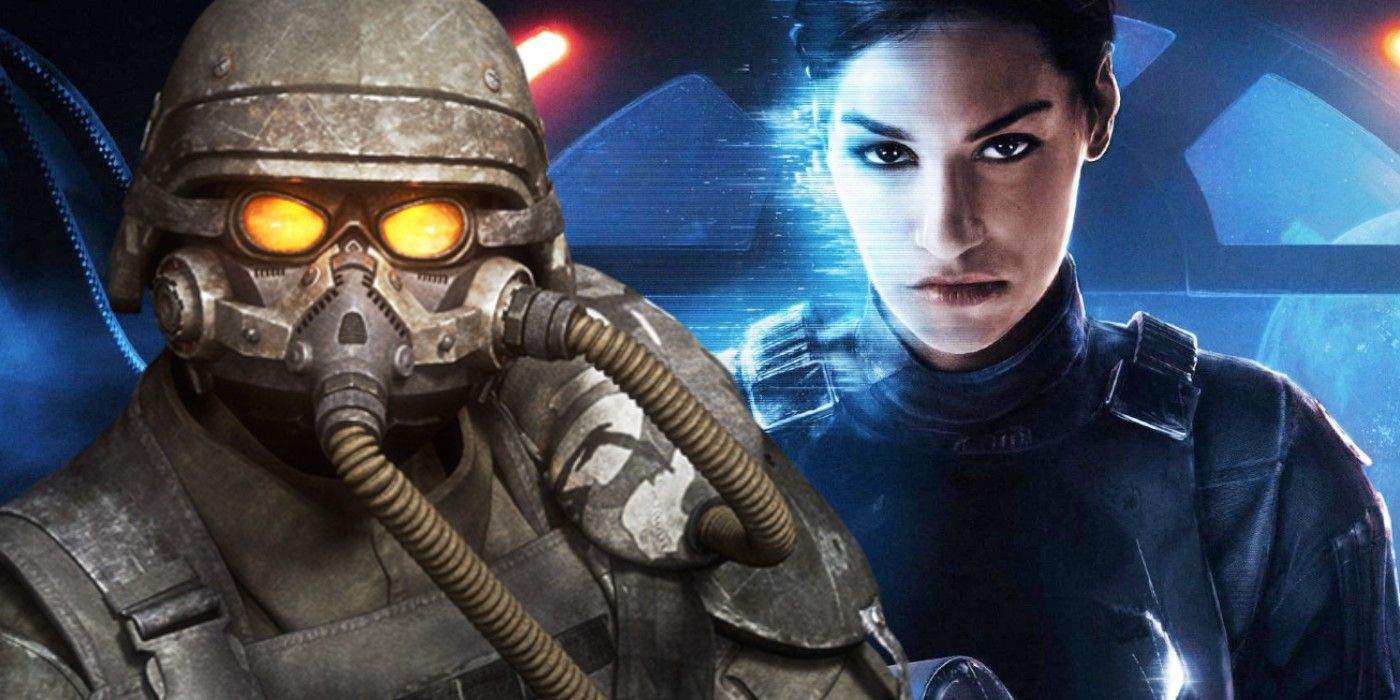
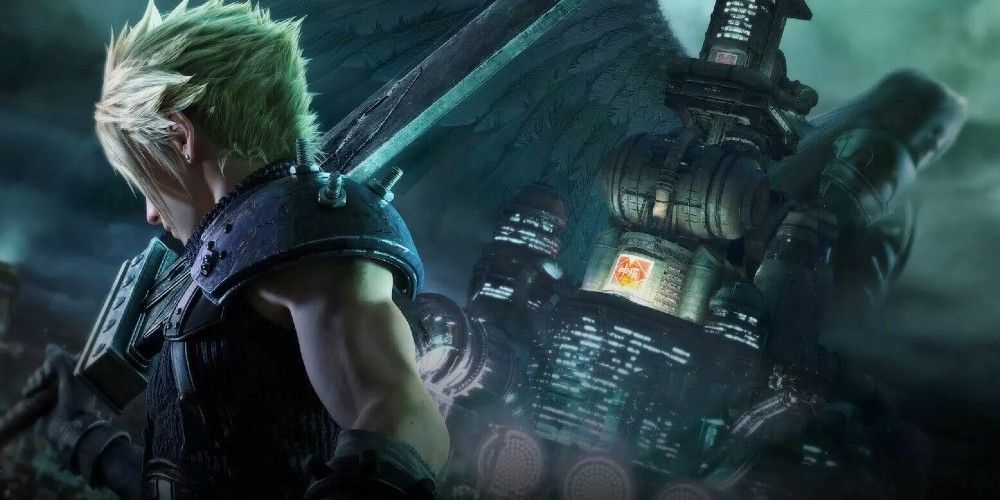
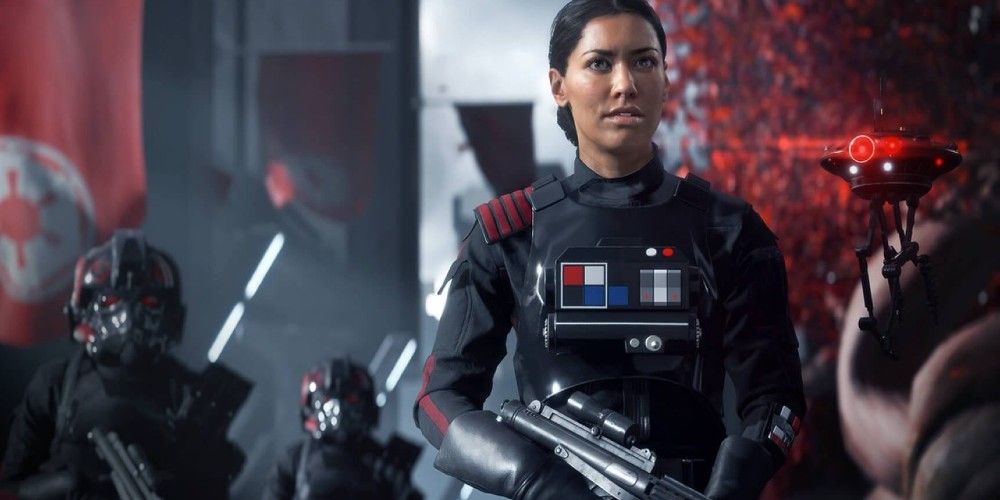
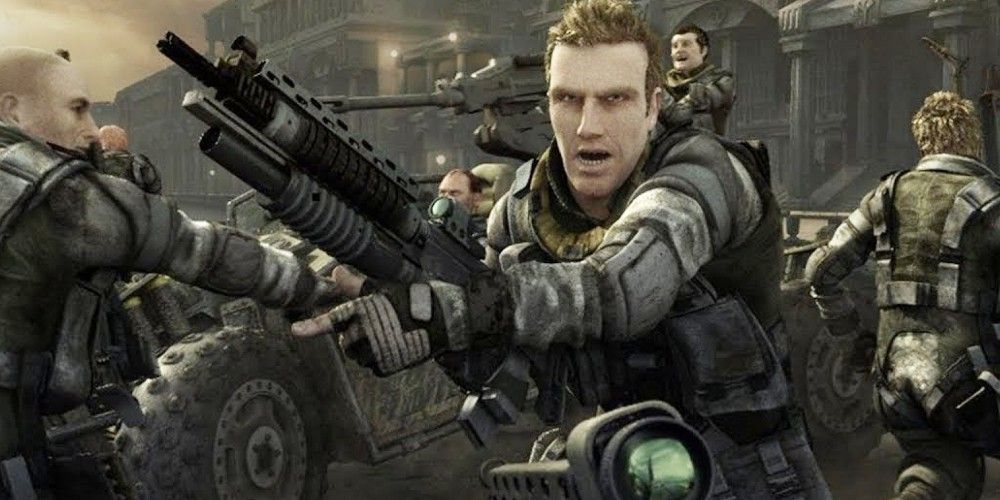
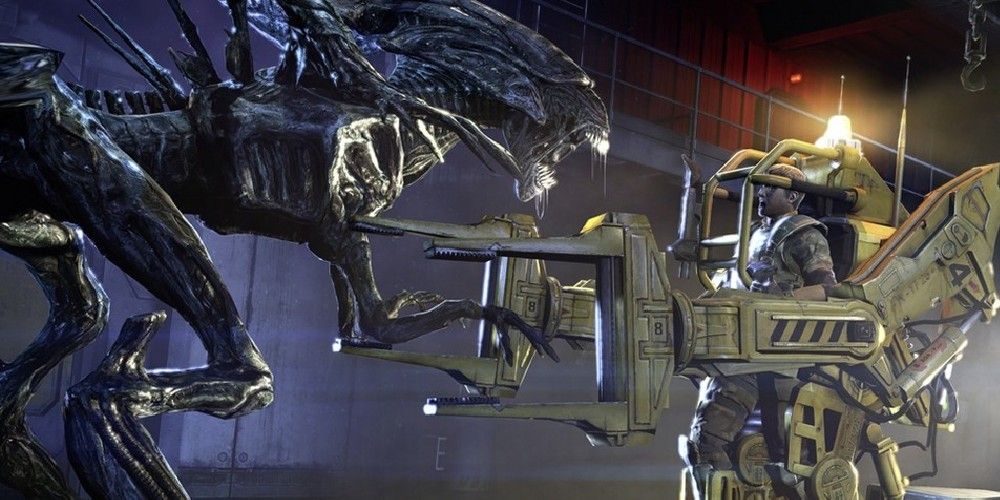
.jpg)

